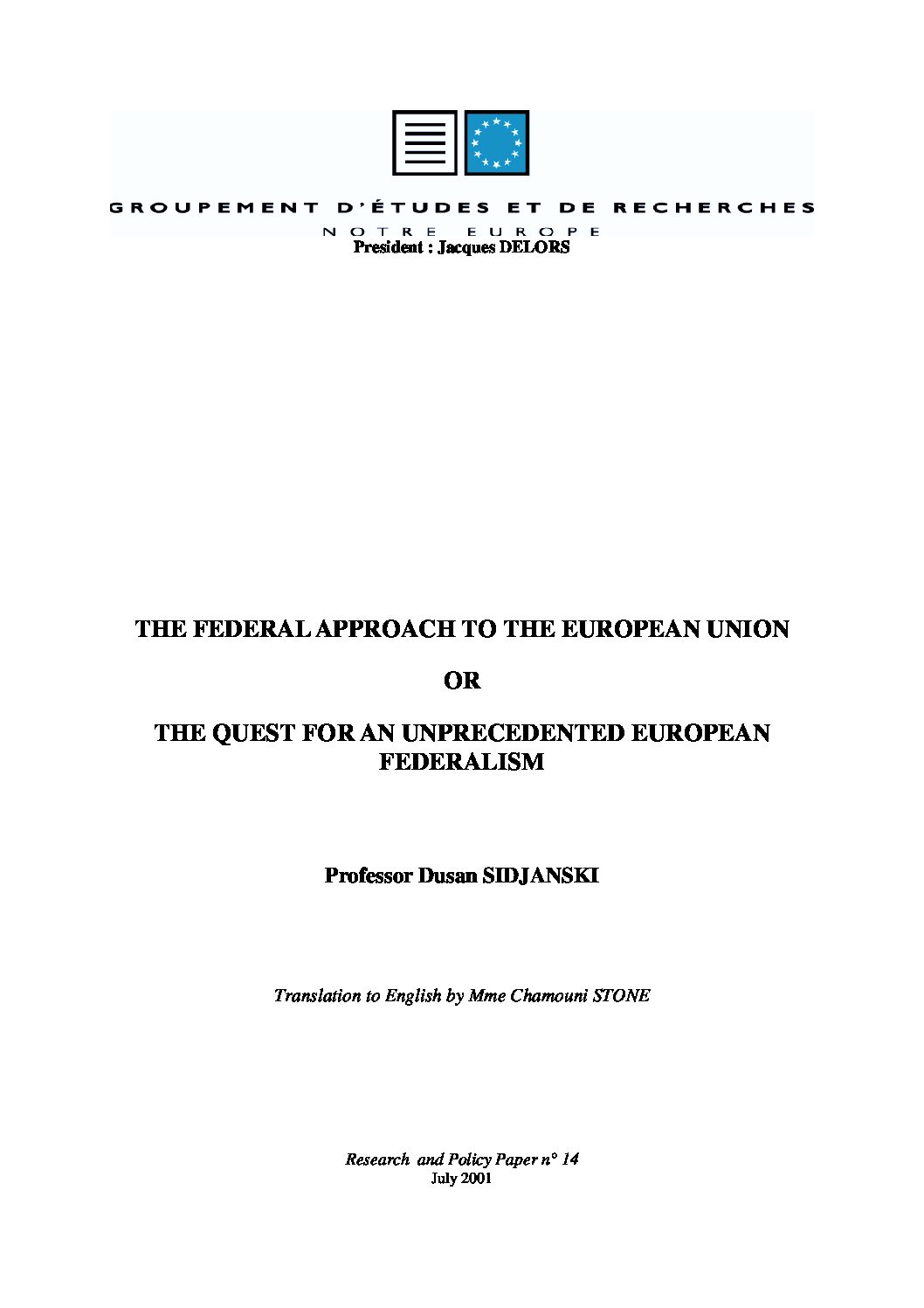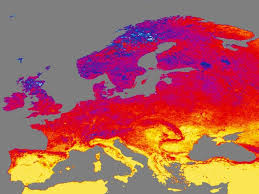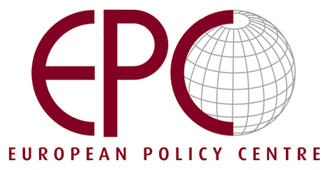Blog post
The Federal Approach of European Union or the quest of unprecendented European Federalism?
In old nation states like Great Britain or France, federalism often evokes the threat of extreme centralisation even though this form of political organisation is based on a desire to preserve the autonomy and the diversity of the federated entities. In order to fuel the debate on the future of Europe, following the provisions of the Treaty of Nice, it was deemed appropriate to clarify the contribution of federalist thinking on European construction.
Federalism has always been a point of reference and a source of inspiration for European construction. Many European politicians, from Robert Schuman to Joschka Fischer, have called for the development of a federal form of organisation for Europe. However, rarely has a concept been so little known: in old nation states like Great Britain or France, federalism often evokes the threat of extreme centralisation even though this form of political organisation is based on a desire to preserve the autonomy and the diversity of the federated entities. In order to fuel the debate on the future of Europe, following the provisions of the Treaty of Nice, it was deemed appropriate to clarify the contribution of federalist thinking on European construction. Dusan Sidjanski’s work has the great merit of bringing up to date the multiple facets of this concept. It justifiably highlights how numerous aspects of the European institutional edifice belong to federalist systems, whether through the adherence to community rules or via the quest for a balance between large and small states. It also highlights the range of these systems, which try to respond to relatively diverse functional necessities. At the risk of exaggeration, one is almost tempted to say that there are as many federalisms, as there are federal systems. It appears to me, that from this arises an important lesson for everyone who thinks or ponders about the future of Europe. A political undertaking without precedent, European construction calls for innovation: it cannot fit into any pre-existing mould, nor can it reproduce former ones. On the other hand, reflection can only benefit from a close analysis of the structures that have sought a synthesis between unity and diversity. At the time when the long awaited reunification of the European continent is on the horizon, the necessity of this reflection seems incontestable. May the pages that follow help to enrich the forthcoming debates.
SUR LE MÊME THÈME
ON THE SAME THEME
PUBLICATIONS
Turbulent and mighty continent. What future for Europe?

Heading towards a European Federation

Fire-fighters, Policemen and Architects for European Integration

MÉDIAS
MEDIAS
Nationalisme contre fédéralisme : quand les peuples font une lecture divergente de l’idéal européen















